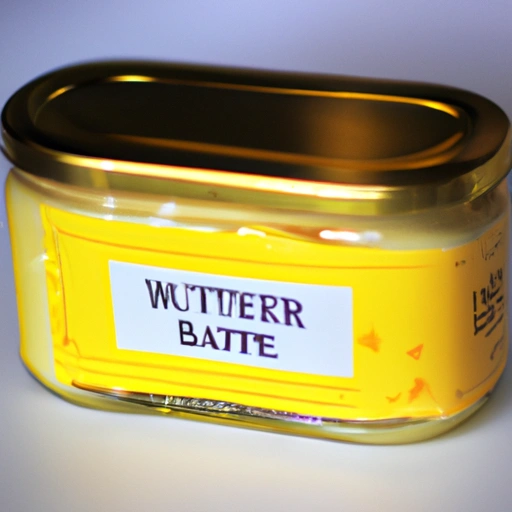Clarified Butter
Description

Clarified butter, also known as ghee in South Asian cuisines, is butter that has been melted over low heat to separate the milk solids and water from the butterfat. This process results in a concentrated form of butterfat that is clear, golden, and typically free from impurities. Clarified butter possesses a higher smoke point than regular butter, making it an excellent choice for high-heat cooking, frying, and sautéing.
Common uses
Clarified butter is widely used in cooking and baking, providing a rich, nutty flavor to dishes. It is a popular choice for sautéing and frying due to its high smoke point. In baking, clarified butter can be used to create flaky pastries and crusts. Because the milk solids have been removed, clarified butter is also a staple in lactose-free and casein-free diets.
Nutritional value
Calories
In a single tablespoon (about 13 grams or 0.45 ounces), clarified butter contains approximately 115 calories.
Protein
Clarified butter contains negligible amounts of protein, as the milk solids have been removed during the clarification process.
Fat
One tablespoon of clarified butter consists almost entirely of fat, approximately 12.7 grams or 0.45 ounces, primarily composed of saturated fats.
Carbohydrates
Clarified butter is free of carbohydrates, making it suitable for low-carb and ketogenic diets.
Vitamins
Clarified butter is a source of fat-soluble vitamins, particularly vitamin A, which is important for vision, immune function, and skin health.
Minerals
It contains trace amounts of minerals such as calcium and phosphorus.
Health benefits
Though high in saturated fat, moderate consumption of clarified butter may offer some health benefits. It is free from lactose and casein, making it a possible option for those with sensitivities. The presence of fat-soluble vitamins A and E may contribute to improved health outcomes when included as part of a balanced diet.
Potential risks
Due to its high saturated fat content, excessive consumption of clarified butter could increase the risk of cardiovascular disease. It should be consumed in moderation as part of a varied diet.
Common recipes
Clarified butter is often used in traditional Indian dishes like biryani and dal, as well as in various Middle Eastern pastries. It's also ideal for creating rich sauces and as a base for sautéing vegetables and meats.
Cooking methods
Clarified butter can be used as a cooking fat for frying, sautéing, and grilling. Its high smoke point allows it to remain stable at higher temperatures compared to unclarified butter.
Pairing with other ingredients
This ingredient pairs well with spices such as turmeric and cumin, and is often used to cook rice, lentils, and breads like naan or chapati. It can also enhance the flavor of seafood and steaks.
Summary
Clarified butter is a versatile, flavorful, and high-smoke-point ingredient valued in various cuisines around the world. While it is high in saturated fats, it brings a unique taste and texture to dishes and can be a part of a balanced diet when used in moderation. Whether used in traditional recipes or as a gourmet touch in modern cuisine, clarified butter is a cherished component of many culinary traditions.